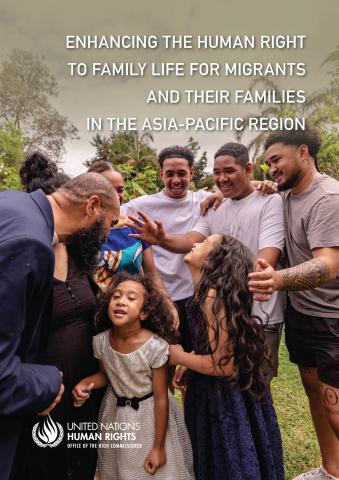Enhancing the Human Right to Family Life for Migrants and Their Families in the Asia-Pacific Region
Background
This report explores how migration-related policies and practices hinder the enjoyment of the right to family life and the right to found a family (hereafter the right to family life) in the Asia-Pacific region. It focuses on low-waged migrant workers and their families, undocumented migrants and others in situations of vulnerability. High-waged migrants who are entitled to family accompaniment are beyond the scope of the report, recognising that Temporary Labour Migration Programmes (TLMPs) are part of migration processes that create a tiered system in which only high-waged workers can move freely without restrictions on their rights and those of their families. Similarly, the report does not focus on internal migration, although it is recognised that internal migration across the Asia-Pacific region is often greater in volume than international migration and can have equally significant implications for family rights, especially for families separated for prolonged periods within a country.
Inputs Received

